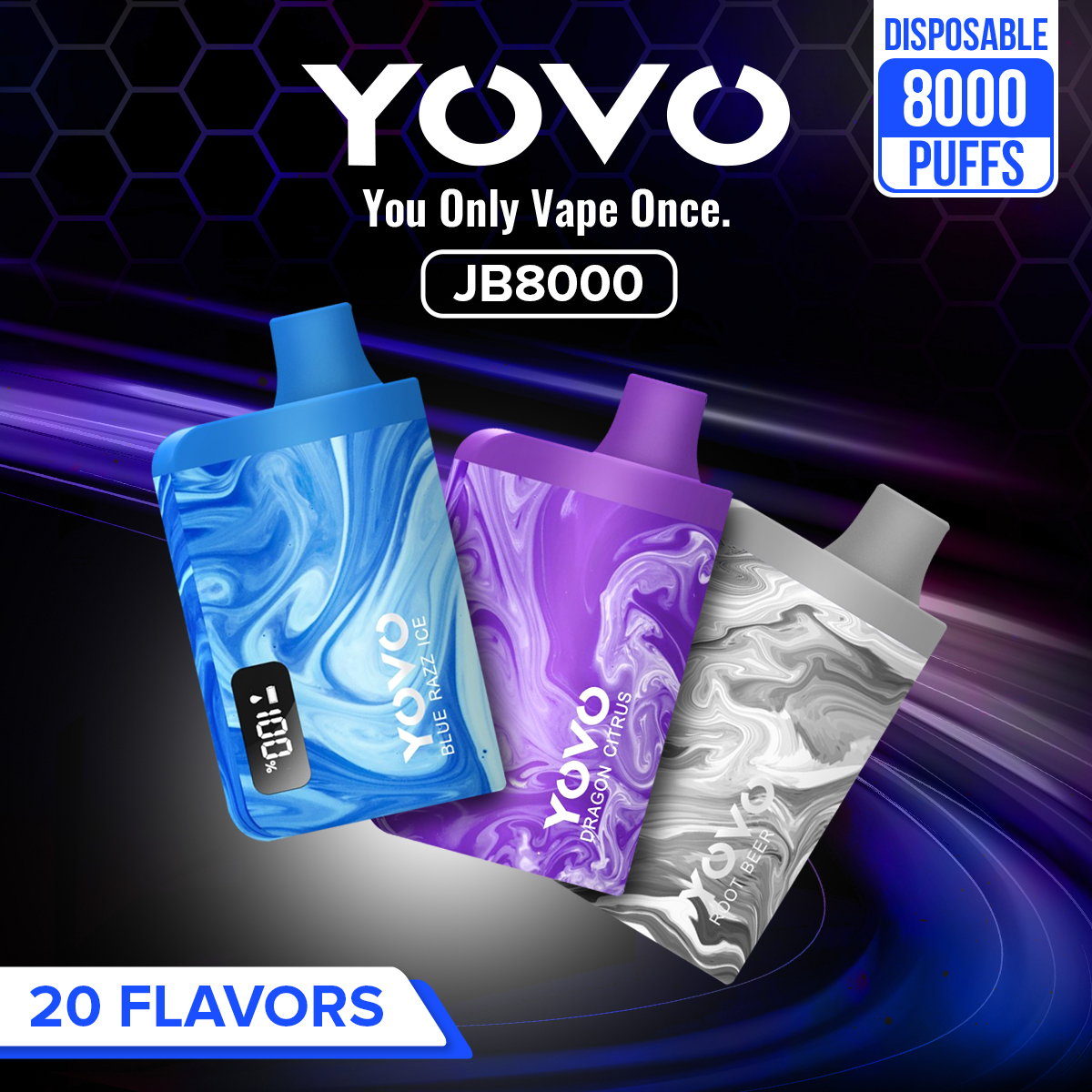
Vaping has become a popular alternative to traditional baby jeeters smoking, with a rapidly growing community of enthusiasts. However, the rising trend of vaping comes with a set of controversies and concerns. In this article, we will delve into the specifics of vaping, addressing its components, benefits, potential risks, and regulations.
Understanding Vaping:
- Components of Vaping Devices: Vaping devices consist of a few essential components:
- Battery: Powers the device.
- Atomizer: Heats the e-liquid.
- Tank/Cartridge: Holds the e-liquid.
- E-liquid: A mixture of propylene glycol, vegetable glycerin, flavorings, and nicotine (optional).
- The Process of Vaping:
- When the user inhales, the battery activates the atomizer, heating the e-liquid.
- The heated liquid turns into vapor, which is then inhaled into the lungs.
- Exhaling releases a cloud resembling smoke, but it’s actually water vapor.
Benefits of Vaping:
- Reduced Harmful Chemicals:
- Compared to traditional cigarettes, vaping eliminates many harmful chemicals produced by combustion.
- Controlled Nicotine Intake:
- Vapers can choose e-liquids with varying nicotine levels, allowing for better control over nicotine consumption.
- Flavor Variety:
- Vaping offers a wide range of flavors, appealing to those who enjoy diverse taste experiences.
Potential Risks and Concerns:
- Health Concerns:
- While vaping is generally considered less harmful than smoking, long-term health effects are still under study.
- Youth and Non-Smoker Attraction:
- The appealing flavors and marketing strategies of some vaping products have raised concerns about attracting non-smokers, especially youth.
- Regulatory Challenges:
- Vaping regulations vary globally, with ongoing debates about how to best address potential health risks and youth usage.
Regulations and Legal Aspects:
- Age Restrictions:
- Many countries have implemented age restrictions to prevent underage juus box disposable .
- Product Labeling and Advertising:
- Regulations often include guidelines for clear product labeling and restrictions on marketing to minors.
Conclusion:
Vaping, as an alternative to traditional smoking, juus box disposable has its merits and concerns. While it offers reduced exposure to harmful chemicals, concerns about health risks and youth attraction persist. As research continues and regulations evolve, it is crucial for users to stay informed and for policymakers to strike a balance between harm reduction and public health.
